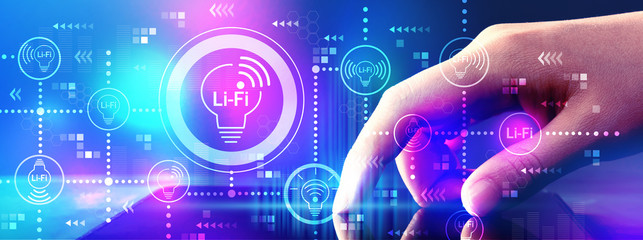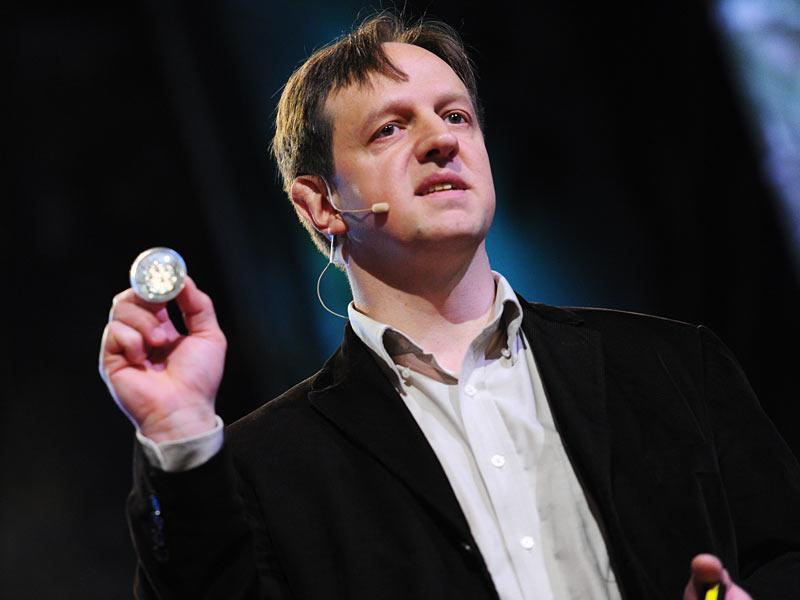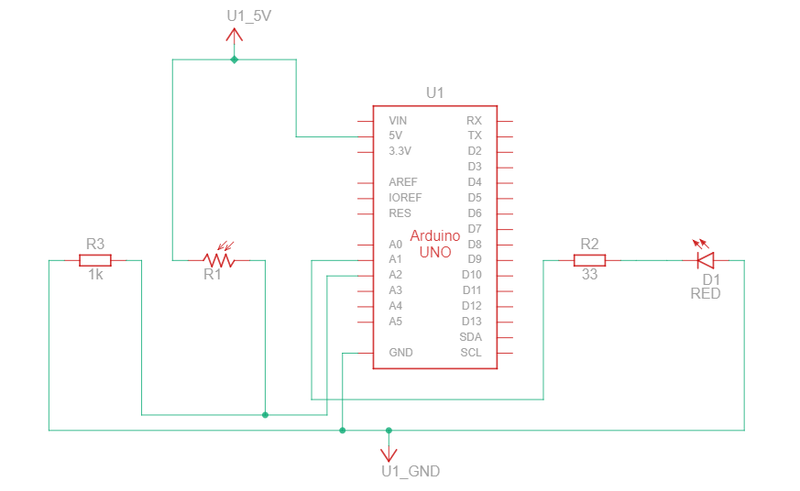Table of Contents
Li-Fi is a light-based communication system that is capable of transmitting data at high speeds over visible light, ultraviolet, and infrared spectrums. This is a wireless communication technology that utilizes light to transmit data and position between devices. The term was first introduced by Harald Haas during a 2011 TEDGlobal talk in Edinburgh.

This technology can be used to provide high-speed internet connections even in remote places. It uses common household LED light bulbs to enable data transfer, boasting speeds of up to 224 GB per second. Considering that the fastest WIFI in the 60 GHz frequency band, WiGig, can achieve a maximum data rate of 7 GB per second, Li-Fi speed is 100 times faster than that!
#A Brief History

Professor Harald Haas and his team of researchers are pioneers in the field of LIFI. They began their research into VLC technology as early as 2006. Much of their research ventured into the use of light as a medium for the two-way transmission of data, which paved the way for LIFI technology.
Although it wasn’t the exact moment it was invented, the term LIFI was introduced to the world in 2011 during his TED Talk. The talk was entitled Wireless Data from Every Lightbulb. It was at the talk that he coined the term Light Fidelity (LIFI), a play on the term Wireless Fidelity (WIFI). To demonstrate the capabilities of the new technology, Prof. Haas provided a live demonstration by streaming a large, high-definition video from a standard LED lamp.
Prof. Haas helped start a company that would market LiFi technology in 2012. The company was named pureVLC, but was later renamed pureLiFi, and was an original equipment manufacturer (OEM) that was set to commercialize LiFi products and push for their integration with existing LED-lighting systems.
Through the years, pureLiFi was able to produce a variety of LiFi products designed for easy integration of LiFi into existing devices.
#The Half-Duplex Model
LI-FI makes use of visible light through overhead lighting for the transmission of data. This is possible through the use of a Visible Light Communications (VLC) system for data transmission. Since computers can only understand binary information, it will be best to transfer data in that format. So, we are taking the data in text format and converting it to binary. As soon as the data is converted, it is sent through a light source bit by bit. Whenever the bit is 1, the light gets high voltages and if the bit is 0, it gets low voltages. And the luminous intensity of the light changes accordingly.
Again for the first method, we are assuming that both the transmitter and receiver is agreed upon the same clock interval to understand the data properly. In this case, the time interval is 15 milliseconds. So for the first time, when the data is started to being transferred, it awaits 1.5 times of the time periods, and the for each bit, it awaits for 1 time of the time periods. So, in total, it requires so long to transfer all the data.
The older version is for both transmitting and receiving data.
This is a Half-Duplex communication system. It simply means that we can both transmit and receive data, but not simultaneously.
Items Needed:
- Arduino Uno/Nano × 2
- Resistor 1k × 2
- Resistor 33 × 2
- LED/Leser Module × 2
- LDR × 2
Now assemble the following schematic and boot the following code into the Arduino using Arduino IDE Software or Arduinodroid from Android.

You will need two of these devices to establish a connection.
Then to use, open Serial Monitor on Arduino IDE (Tools > Serial Monitor) or install the App for Android. Don't forget to set the boud rate to 6500.